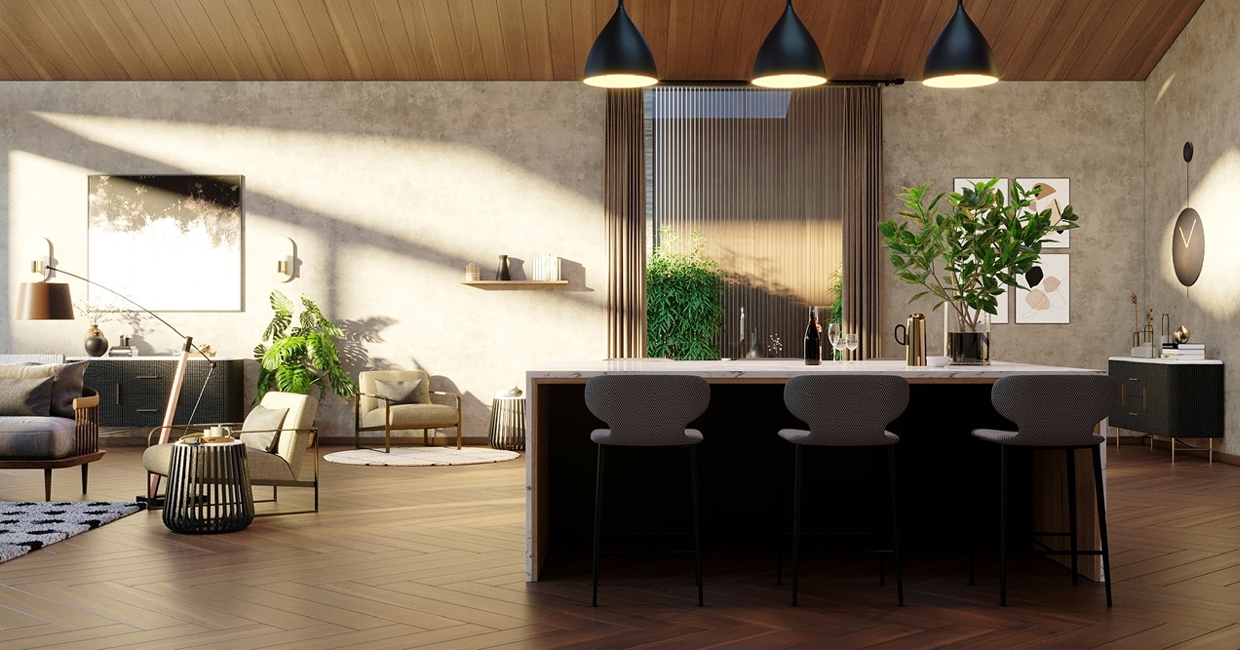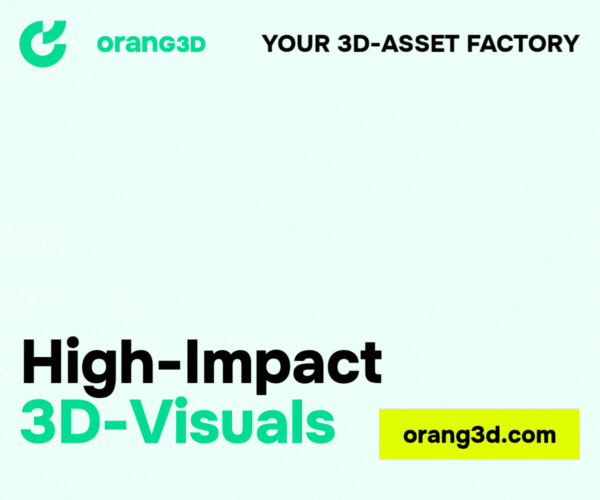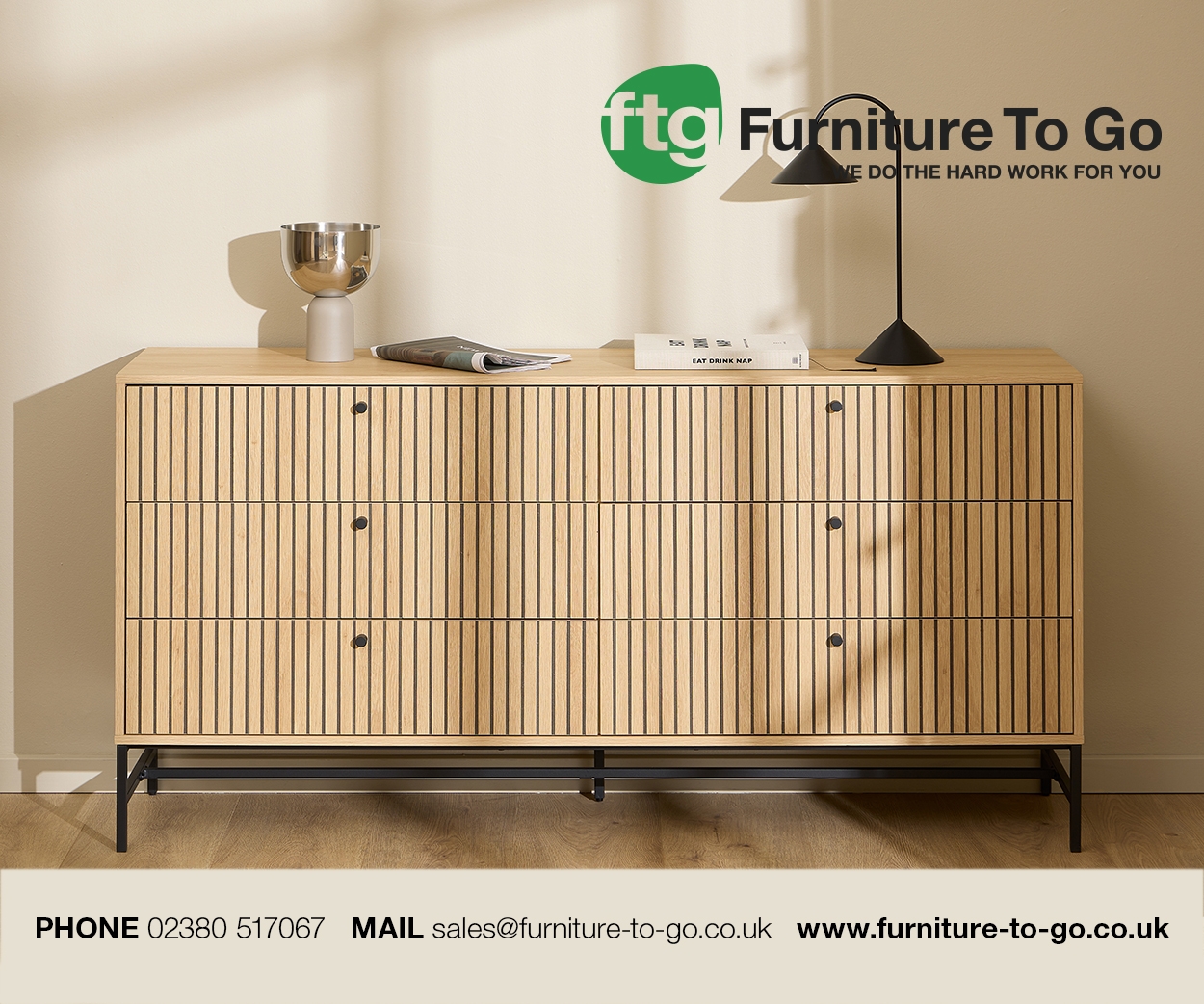In this article, Furniture News revisits the photorealistic world of CGI marketing, and asks the sector’s key players to explain how demand for their services – and the technology behind them – have changed since we last checked in …
The nation may be easing its way back towards normality, but, for many furniture businesses, the pandemic experience will be hard to forget.
Faced with repeated lockdowns, a decisive tip of the scales in favour of online trade, restricted travel and supply chain disruption, retailers and suppliers alike have had to embrace new ways of thinking and working – and one approach that addresses these challenges on all counts is the fast-evolving world of CGI marketing.
CGI has been employed in product development and marketing for many years, but its benefits have truly come to the fore of late. Through the application of artistry and technical skill, products can be created, developed and sold – virtually. Digital assets are proving their transactional worth, and are also key to unlocking new means of engagement such as augmented reality (AR), product configuration and virtual showrooms.
In last December’s issue, Furniture News explored the latest advances from the cream of the industry’s CGI crop, quizzing the experts on the likely future of technology in furniture marketing, and asking them how the pandemic had affected business. In April, we followed up these insights by looking at the progress they had made in the intervening months, and what the demand for their services looks like today.
“Since December we’ve taken two major furniture companies (one retailer and one manufacturer) into our client portfolio, and a prestigious Italian brand manufacturer,” says Chilli Pepper Designs’ Neil Buckley-Jensen. “As a point of respect to our clients, no names can be divulged at this point – but we are super pleased and proud to have picked up such large accounts!
“We’ve also picked up smaller accounts and ad hoc rendering, which is great – but our overall model is to work with bigger companies who see us as a partner of choice, and outsource all imaging/visualisations to us to create in line with their brand.
“We have taken on another CGI artist, and recruited further interior designers who also manage particular clients as account managers.
“We are also starting new projects for the global wholesale partners of our sister company, Indesign Furniture, creating CGI virtual showrooms for them. This is a way to safeguard against future lockdowns and travel restrictions, and a great way to present furniture offerings to any client globally, at one click of a button. You can add new ranges, paint the walls and even add extra floors to the virtual showroom, without even having to ask for planning permission!”
Neil is not the only CGI specialist who has found these to be fertile times. “The past five months have been extremely busy for Symmetry, and probably the most transformational period in the company’s history,” reveals Symmetry CGI’s Paul Galley. “CGI had been evolving rapidly globally, but the effect of Covid and lockdown has dramatically accelerated the rate of change across the furniture industry and related sectors.
“We have experienced a dramatic increase in demand for our core services such as CGI stills, animations and unique montage techniques, and we have now also successfully launched our Augmented Reality Portal.
“We are one of the few CGI companies to have developed an app-free AR, which is already embedded in up to-date phones and tablets. This is an exciting opportunity to engage with consumers, allowing them to view products in their home environment, which has huge potential to improve online sales.
“A key feature of working with virtual imagery is the building of connections, which promotes the possibility of diversity. We have found it a natural progression to work within a growing range of new sectors such as property development, video production and product visualisation (including scooters!). The majority of this is furniture related, but the technical platforms we work on allow us to maintain a bespoke and flexible approach with our clients and their projects.
“During these fast-moving and busy few months, we also designed and introduced our brand-new website, which showcases our growing range of digital services. Due to the growing demand for our services we are rapidly expanding our design team, and are delighted to have recently welcomed two more CGI artists to the studio. As a company, we believe that investing in human expertise is as essential as regularly investing in the software and technology.
“At the recent Online Furniture Show it was interesting to experience how at ease exhibitors and visitors quickly became in navigating a virtual exhibition. Participating in this event offered a different way to successfully connect with new customers.”
Orbital’s Rob Walker is equally enthusiastic, and able to catalogue a raft of improvements to his company’s services – and its headquarters, in time for May's Spring Long Point exhibition.
“In the last five months, with the promise of the world re-opening, and businesses having more scope to plan ahead with budgets, we have seen a huge influx of enquiries and new clients,” says Rob.
“Looking back to February 2020, after the January Furniture Show we had a huge number of businesses approaching us to discuss the possibilities of CGI. The team and I were up and down the M1 every day, travelling the country for meetings generated from the show.
“Once lockdown started, for obvious reasons, everything changed – and since the start of 2021, our enquiries have been tenfold!
“In the meantime, we’ve made huge technological strides. We are in the process of building a brand-new online customiser for clients to use on their websites to hold our CGI assets, allowing end-users to design their own furniture online. It is a sleek, easy-to-use plug-in, and allows customisers to create wishlists for fabric samples, and add bespoke items to an online shopping cart.
“The customiser will also be compatible with AR and VR, broadening the options to allow an end-user to see their bespoke sofa, to scale, in their own living room. We have been doing a lot of work with AR and VR behind the scenes – it goes hand-in-hand with CGI assets.
“Outside of our technology progression, we have actually been busy refurbishing our space! We currently have a 3000 sqft space available next to our studio (opposite the famous Harrington Mills in Long Eaton). We have installed a brand-new cafe-style kitchen, equipped with coffee machine, snacks, and even a pool table for more casual client meetings.
“The space also houses our new, purpose-built 1.7m fabric scanner, for the most accurate full-width flatshots available.
“We can ‘enVision’ a great year ahead for Orbital!”
Paul Stott, owner of The Virtual Works, has also bolstered his business’ approach to fabric modelling. He says: “Since December, we have increased our turnover in CGI by more than +50%, and gained two new clients new to CGI (a lot of it is to do with the lockdown issues, and customers’ drive to get more images online).
“We’ve just invested in an new, state-of-the-art fabric scanner, so we can cope with the volume of soft furnishing images and their requirements for more accurate and detailed fabric finishes. We are also in the process of starting two new trainees in the world of CGI and digital media.”
With business booming, each of these CGI specialists is working hard to take their offer to the next level – and in the world of 3D modelling, AR and an evermore photorealistic take on furniture and furnishings, the only limit seems to be their imagination.
This article was featured in the April 2021 issue of Furniture News magazine. See July's issue (coming soon) for more on the furniture industry's fast-moving CGI marketing movement.
Pictured: CGI by Chilli Pepper Designs











